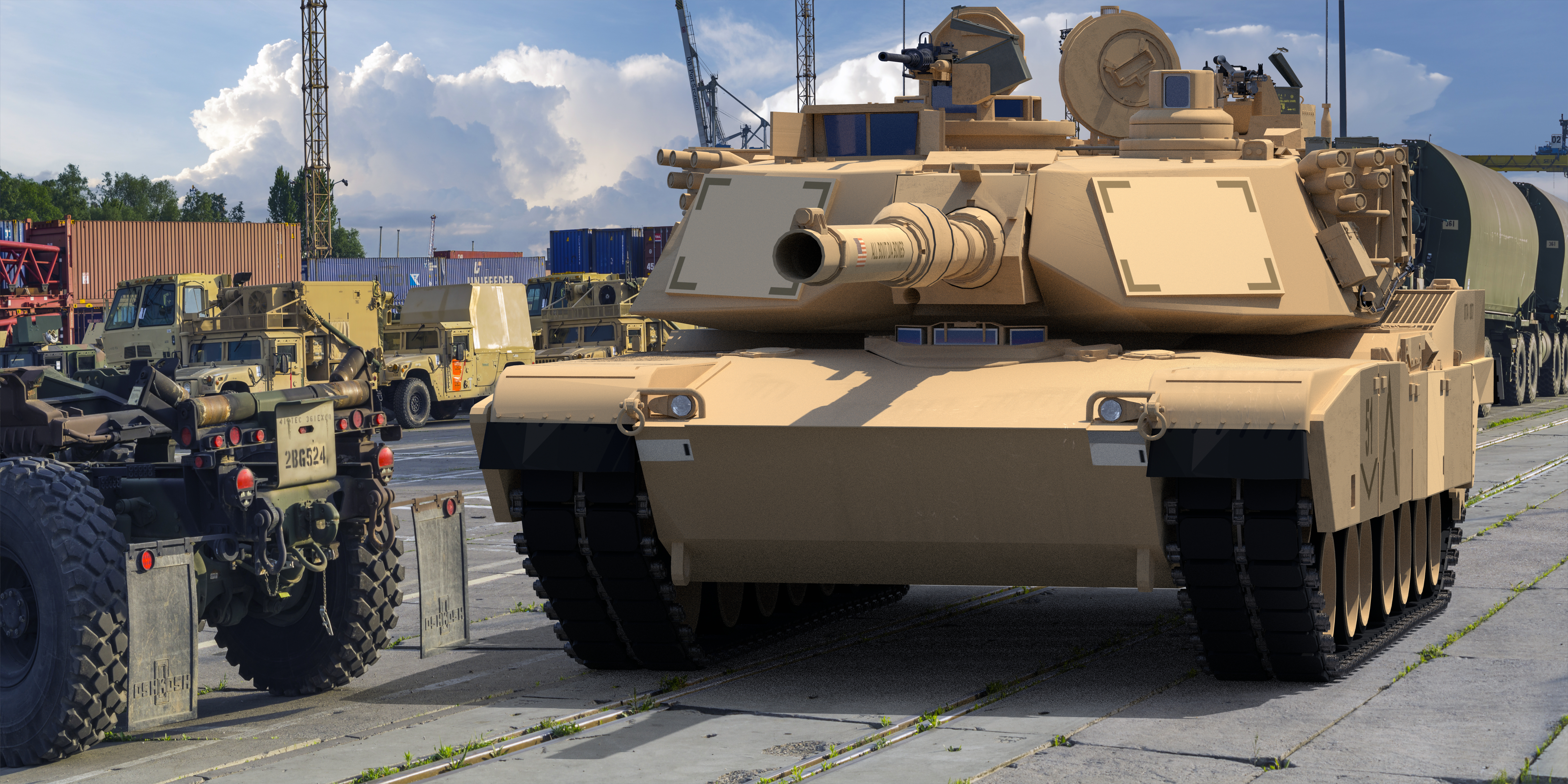Building the Future
The foundation of human progress is directly linked to the ability to uncover, develop, and apply materials. Indeed, materials have revolutionized electronics, medicine, defense, communication, space exploration, construction, and much more. For more than 30 years, Triton has been developing sophisticated, innovative materials – from atomic-oxygen-resistant polymers that have been tested in space to conductive filler materials to high-temperature ceramics for hypersonic and extreme environments. We’re proud to continue that commitment in several areas:
Military Aircraft Survivability Solutions
Triton has developed and implemented several critical advanced materials products on premier U.S. military aircraft platforms. Our conductive filler materials provide critical performance characteristics and significant lifecycle cost savings. We’ve also developed specialty adhesive products that are critical for aircraft performance and survivability. While meeting stringent performance requirements, these products simplify and facilitate all related operational processes, including repair, and help enhance aircraft availability.
Materials and Testing for Hypersonic and Extreme Environments
With their extreme speed and other characteristics that enable rapid-strike capabilities with reduced reaction times for adversaries, hypersonic weapons have become a top priority of the U.S. Department of Defense.
The development of hypersonics requires sophisticated specialty materials and structures that operate properly at high Mach numbers – as well as sophisticated testing capabilities. Triton is supporting this national priority through:
- High-Temperature Material Systems — We are developing novel preceramic materials that convert to ultra-high-temperature ceramics; ultra-high-temperature insulation and thermal protection systems; and radiation-inhibiting materials.
- Advanced Ground-Test Capabilities – Triton is developing solutions to measure, in situ, the performance of new materials in relevant environments. This includes high-speed surface profiling to measure ablation of free-flight hypersonic objects, and mechanical and thermophysical properties under representative aerothermal loads.
Advanced Technologies for IR Optics
Advances in mid-wave (MW-) and long-wave infrared (LWIR) sources and sensors are bringing down costs and improving performance in traditional applications like night vision and guidance, while also enabling applications in new areas like portable chemical sensing and free-space optical communications. Triton is at the forefront of developing materials solutions for IR optics to simplify production, increase performance, reduce costs, and ultimately enable broader application of these optical elements in three key areas:
- Manufacturing Strategies – Triton has developed an additive manufacturing strategy for broadband antireflection coatings applicable to a wide range of infrared optical materials, including ZnS, ZnSe, Ge, and CaF2. Reducing reflection losses at the interfaces with these high-index materials enables significant reductions in the size and weight of IR optical systems.
- Adhesives – Our infrared transparent adhesive joins similar and dissimilar infrared optical elements to enable the fabrication of complex IR optical elements like doublets and beamsplitters. This IR transparent adhesive has excellent transparency throughout the entire mid-wave and long-wave IR bands, survives standard thermal cycling, and has minimal residual stress to enable a robust, long-term bond.
- Meta-Optical Systems – Triton is leveraging developments in meta-optical systems to design small-form-factor optical elements for infrared systems to reduce weight and cost and enhance performance.
MARKET IMPACT
RELATED MARKETS
